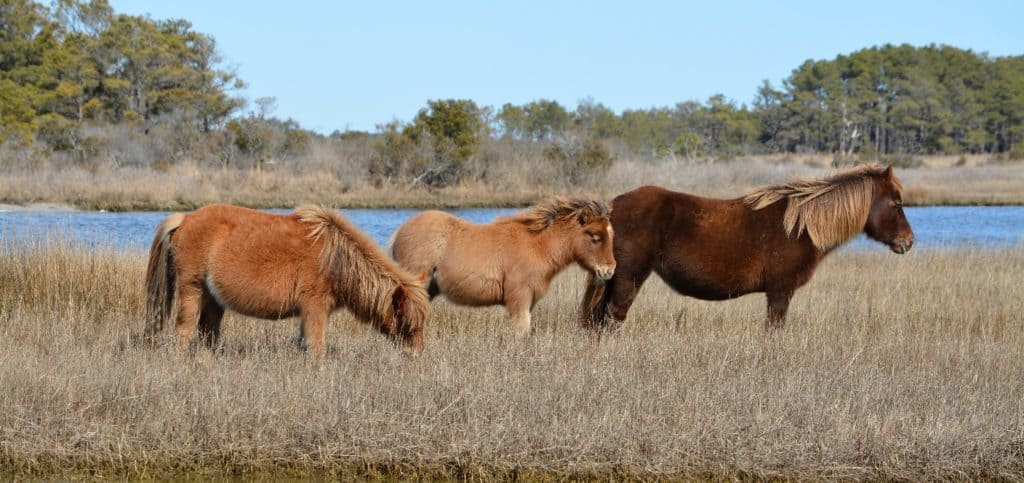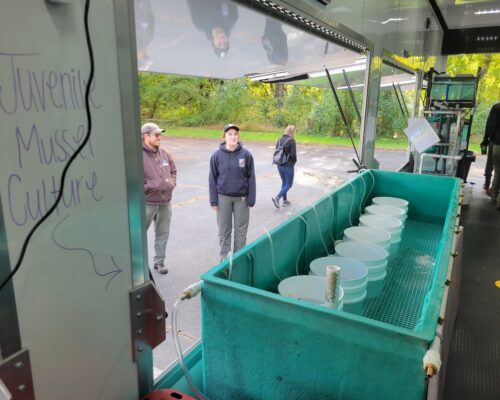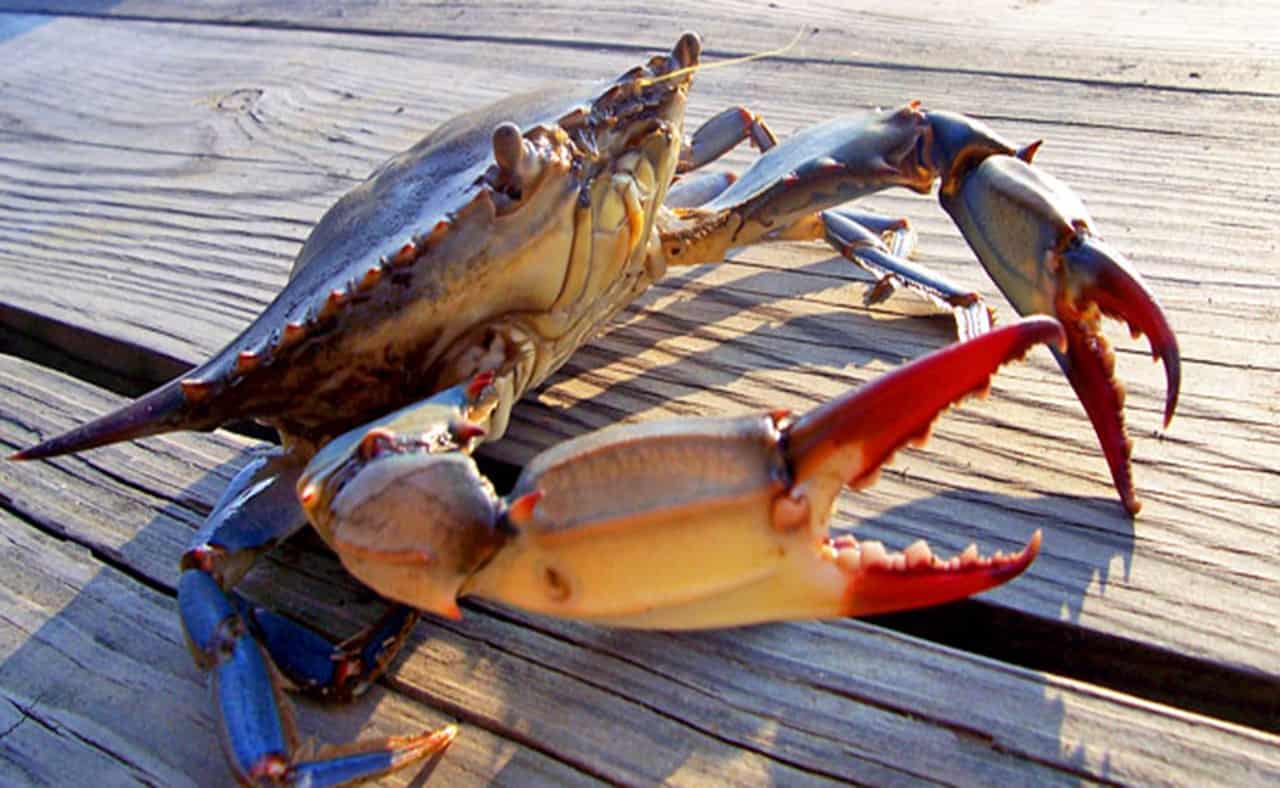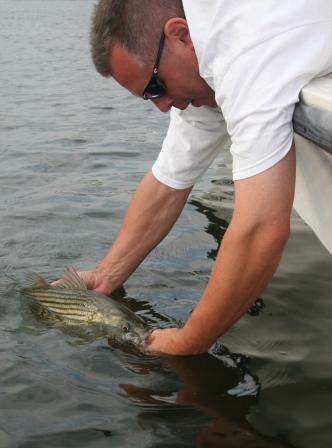Three of Assateague Island’s wild ponies are missing and presumed dead, according to the latest population census for the Maryland herd.
In February, the National Park Service (NPS) made its first count of the wild horse population for 2019. On the Maryland end of the island, at Assateague Island National Seashore, the herd stands at 76 horses, including 21 stallions and 55 mares. Three older mares, N6BK “Bessy Twister”, N6H and X24M “Patty”, haven’t been accounted for during multiple census periods. Therefore they are considered missing and assumed to be dead.
NPS keeps track of the population “to monitor the overall population dynamics of the horse herd in support of the long term fertility control program that was initiated in 1994.” NPS completes a full census six times per year, in February, March, May, July, September, and November. The horses have free rein of a 27-mile area, so they can be difficult to find at times.
The loss of the three older mares is more a sign of the circle of life than a cause for concern, according to Assateague Island National Seashore spokesperson Liz Davis.
“We currently have many older mares in our population reaching the end of their lifespans. We have not contracepted any mares for the last several years so foaling will occur. Through this adaptive management strategy we keep the herd at a genetically viable range,” explains Davis.
And there are encouraging signs that there could be new babies coming this year. In November 2018, National Seashore employees collected fecal samples to test for pregnancy hormones in some mares. There were four positives, including N2BHS-A “Gokey GoGo Bones”, N2BHS-AL “Ms. Macky”, N2BHS-I “Annie Laurie”, and N2BHS-M “Susi Sole”, the last of which foaled in January. The fecal pregnancy tests can’t predict the mares’ due dates, only that they were at least three months along as of November.
-Meg Walburn Viviano




